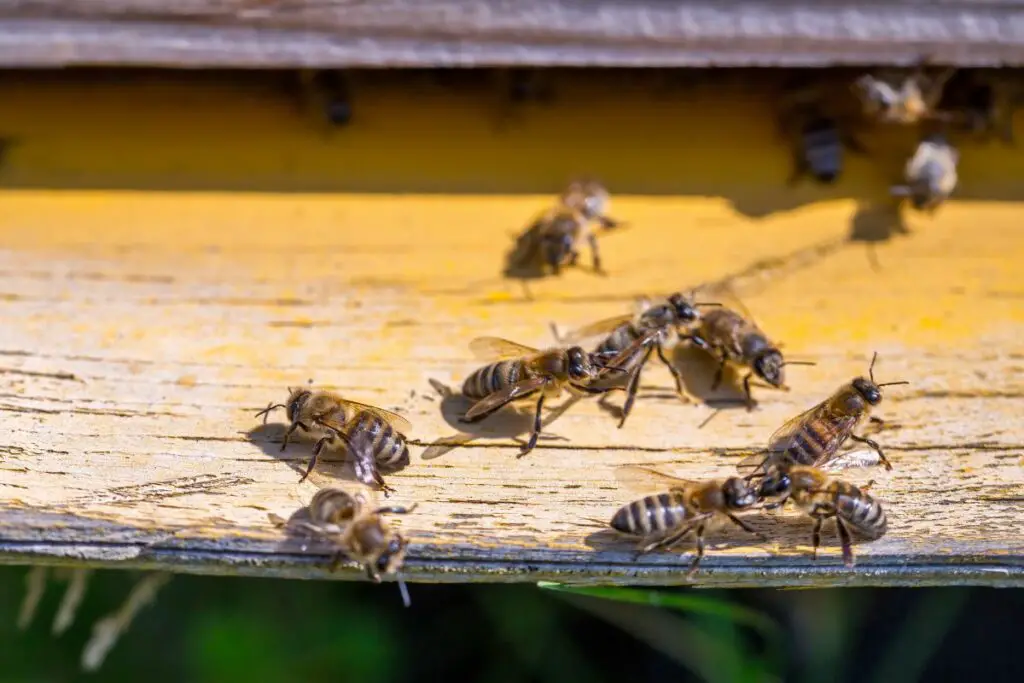As the chill of winter descends, our buzzing friends, the bees, face a significant challenge. While we’ve long believed that thin-walled beehives and huddling were sufficient for their survival, recent research tells a different story.
A recent study revealed that huddling is a desperate attempt for survival.
This insight prompts us to rethink beehive designs, ensuring our bees have a warm and safe winter haven. Let’s explore how we can better support them during the colder months.
The Misconception of Huddling in Thin-Walled Hives
A Desperate Attempt for Survival
Traditionally, beekeepers used thin-walled hives, assuming that the huddling behaviour of bees was beneficial for the brood’s health and mite control. However, a groundbreaking study led by Derek Mitchell from the University of Leeds suggests otherwise.
It turns out huddling is more of a desperate survival tactic rather than a comfortable choice.
Wild Honeybees’ Winter Habitats
In contrast to man-made hives, wild honeybees opt for thick-walled tree cavities, providing far superior insulation. These natural shelters offer a stark contrast to the commonly used 1.9 cm thick walls in wooden hives.
This discovery is a wake-up call for beekeepers to reevaluate their hive designs.
Rethinking Beehive Construction
Design Alternatives for Better Insulation
Given these findings, it’s crucial to explore better beehive designs. Here are a few innovative ideas:
- Thicker Walls: Mimicking the natural habitats of wild honeybees by incorporating thicker walls in hive designs could significantly improve heat retention.
- Advanced Insulation Materials: Experimenting with insulating materials like mud or wax can enhance the hives’ ability to keep bees warm.
- Bee Hotels: These structures, featuring various diameter holes and made from materials like bamboo, hollow stems, and twigs, cater to different bee species such as solitary bees and mason bees.
Benefits of Improved Hive Designs
| Benefits | Description |
|---|---|
| Survival | Better-insulated homes aid in bee survival during harsh winters. |
| Health | Adequate warmth reduces stress and potential diseases in bee colonies. |
| Pollination | Healthy bees lead to robust pollination activities, crucial for our ecosystems. |
| Food Supply | A thriving bee population supports agricultural productivity and food security. |
The Bigger Picture: Our Role in Bee Conservation
This new understanding of bees’ winter behaviour is more than a call for better beehive designs. It’s a reminder of our responsibility towards these vital pollinators.
As we adapt our practices, we not only aid in their survival but also contribute to a healthier, more balanced ecosystem.
Remember: Every small step we take in supporting bees, from rethinking beehive designs to planting bee-friendly gardens, makes a big difference in the grand scheme of nature’s balance.
Let’s work together to create a warmer, more welcoming world for our indispensable pollinators, the bees.




